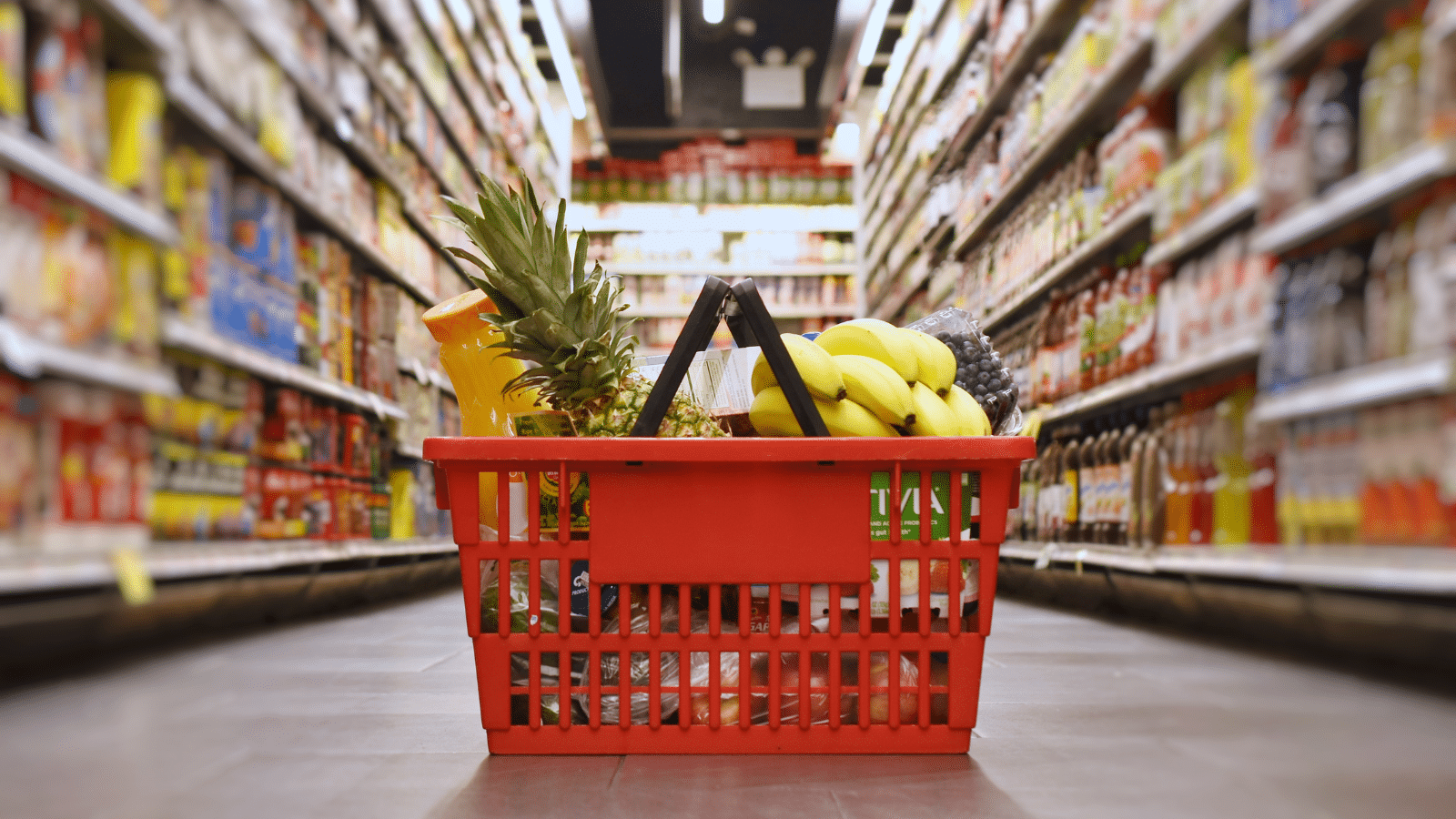The morning continued with a panel discussion with Mikko Kärkkäinen, CEO and Co-Founder of RELEX, Onni Rautio, Director APAC for RELEX, Teck Cheng Bay, Director Procurement Strategy and Supplier Partnership Management of Singapore Grocery Retailer, NTUC FairPrice and Kenneth Teo SEA Client Account and Industry Lead Accenture.
It was suggested that as consumer behaviour evolves, and technology continues to reshape the shopping landscape, grocers and retailers alike face similar challenges. The session explored some of the challenges and opportunities in the grocery market that correlate to the broader retail market.
The panellists explained how grocers can adapt to shifting consumer preferences while leveraging technological advancements, and market disruptions. The session offered valuable insights and practical strategies for navigating the complexities of the modern retail landscape while ensuring consumer satisfaction, and driving sustainable growth.
Key themes
Food retail is a challenging and turbulent market. The grocery supply chain has always been complex, but the current business transformation is more dramatic than anything we have seen in decades, especially considering the lasting impacts of the COVID-19 pandemic, weather and environmental disruptions, and economic challenges such as inflation. These issues and many others are in constant flux and significantly impact market trends.
New competitors
Increased competition from delivery and meal kit services. Meal delivery services – kits and prepared – and food-to-go apps are capturing an increasing share of consumers’ wallets. As a result, food retailers are developing new approaches to prepared foods, high-value food-to-go, and even meal kits that can be picked up in-store or delivered to improve margins in a demanding environment. With poor execution, though, these initiatives also introduce new opportunities to lose money on costly food waste.
Supplier collaborations
Supplier collaboration has been a point of discussion for decades, but surprisingly few retailers have successfully implemented it. To establish fruitful collaboration, both parties must put in the effort and receive measurable benefits. Unfortunately, because this has rarely been the case, many collaboration initiatives fail. While technology doesn’t solve the challenge of supplier collaboration, it can ease the pain. For example, most collaboration projects focus on collecting data from various sources, but the right planning system can minimize that work. Rather than trying to fix everything in one go, it’s better to build your supplier collaboration processes bit by bit.
A good starting point is sharing order forecasts with your suppliers because it’s a lean way to collaborate. For example, when your planning system can calculate supply chain projections, the purchase order forecast (which tells your supplier what you plan to buy from them in the coming weeks and months) is already available. A good system can use that existing information to send automated reports to your suppliers.
Change and challenges
Grocers continue to face challenges in managing fresh and short-shelf life products. Healthy eating trends have discounters like Aldi and Lidl improving their fresh offerings, including organic meats and
freshly baked bread. In their pursuit of growth, these former hard discounters are stepping away from their highly efficient comfort zones previously built on simplicity, standardization, and large volumes. The increasing complexity will test their grocery supply chains as they experiment with fresher products, smaller store formats, and localized assortments.
With consumers increasingly seeking convenience, food-to-go and meal solutions are becoming increasingly popular. While many grocery retailers have offered prepared meals for decades, the concept of in-store kitchens that prepare ready-to-eat meals, sandwiches, baked goods, and more has grown dramatically. Consequently, the importance of on-site production has grown much more pronounced and is critical to food retailers’ profitability.
Sustainability and technology
As consumers push their personal sustainability efforts, they also expect their grocers to increase their sustainable practices. Many leading retailers have committed to lowering carbon emissions, but sustainability is moving from “positive messaging” to table stakes. Retailers who fail to take meaningful action to reduce waste and emissions put their reputations at risk. The good news is that sustainability, efficiency, and profitability often go hand in hand.
Operational sustainability and waste reduction were also discussed. It was noted the quality of a grocery retailer’s store replenishment process directly impacted its top-line revenue and bottom-line profits. High-quality, forecast-driven grocery store replenishment consistently translates into the following benefits, including increased revenue from better on-shelf availability, up to 40% lower markdown and spoilage costs as supply more accurately matches demand and better inventory flows, enabling up to a 30% reduction in goods handling costs.
Omnichannel
Omnichannel has grown to a point where retailers can no longer operate it as an add-on service exempt from standard efficiency requirements. Online fulfilment accentuates the need for high quality and freshness because end-consumers can’t evaluate products themselves. Furthermore, with many grocers taking significant losses on online orders, the continued growth of omnichannel highlights the need for substantial improvements to operational efficiency.
The ongoing evolution of online ordering and order fulfilment. From online ordering to home delivery and curbside pickup, the speed of omnichannel development has made operational efficiency particularly challenging for food retailers due to their mix of low-value products and high handling costs for fragile, variously sized products that often require temperature control. But while most grocery retailers offer online shopping in some form, many struggle to make the channel profitable.
AI and the future supermarket
Today’s grocers collect massive amounts of data on transactions and interactions with consumers online and offline. AI and machine learning capabilities can leverage that data to drive faster, more accurate decisions – making AI-enabled solutions a perfect match for grocery.
Technology companies can be eager to position their AI algorithms as “intelligent” by making them as human as possible—even giving them human names like Siri, Alexa, Einstein, or Watson. Keep in mind, though, that AI is not a person. AI is not even a singular “it.”
Retailers do not need “AI”—they need to employ several AI algorithms in their analytics toolbox to supplement old-hat technologies like statistical analysis and rules-based heuristics. Machine learning
algorithms, for example, consider hundreds of potential demand-influencing factors when forecasting retail sales, something a human demand planner could never achieve.
Predictions to wrap-up
Firstly, waste reduction will remain imperative. It is a disgrace to spend so many resources growing, transporting, and handling food products, only to have them end up in the dumpster. Grocery retailers must and will take responsibility for significant reductions in food waste, and because waste eats profit, their efforts will also be great for their businesses.
Secondly, the food retail supply chain will become more effective. Consumers have become very price-conscious and will not accept premium prices to keep inefficient supply chains in business. No one benefits from wildly fluctuating workloads or capacity requirements caused by poor planning and management, so neither retail employees nor management should be sad to see old, inefficient practices go.
Thirdly, technology and automation will be essential in transforming retail. We have already seen this in other sectors that once relied heavily on manual routine work. There is no reason why retail wouldn’t follow the same path.




















